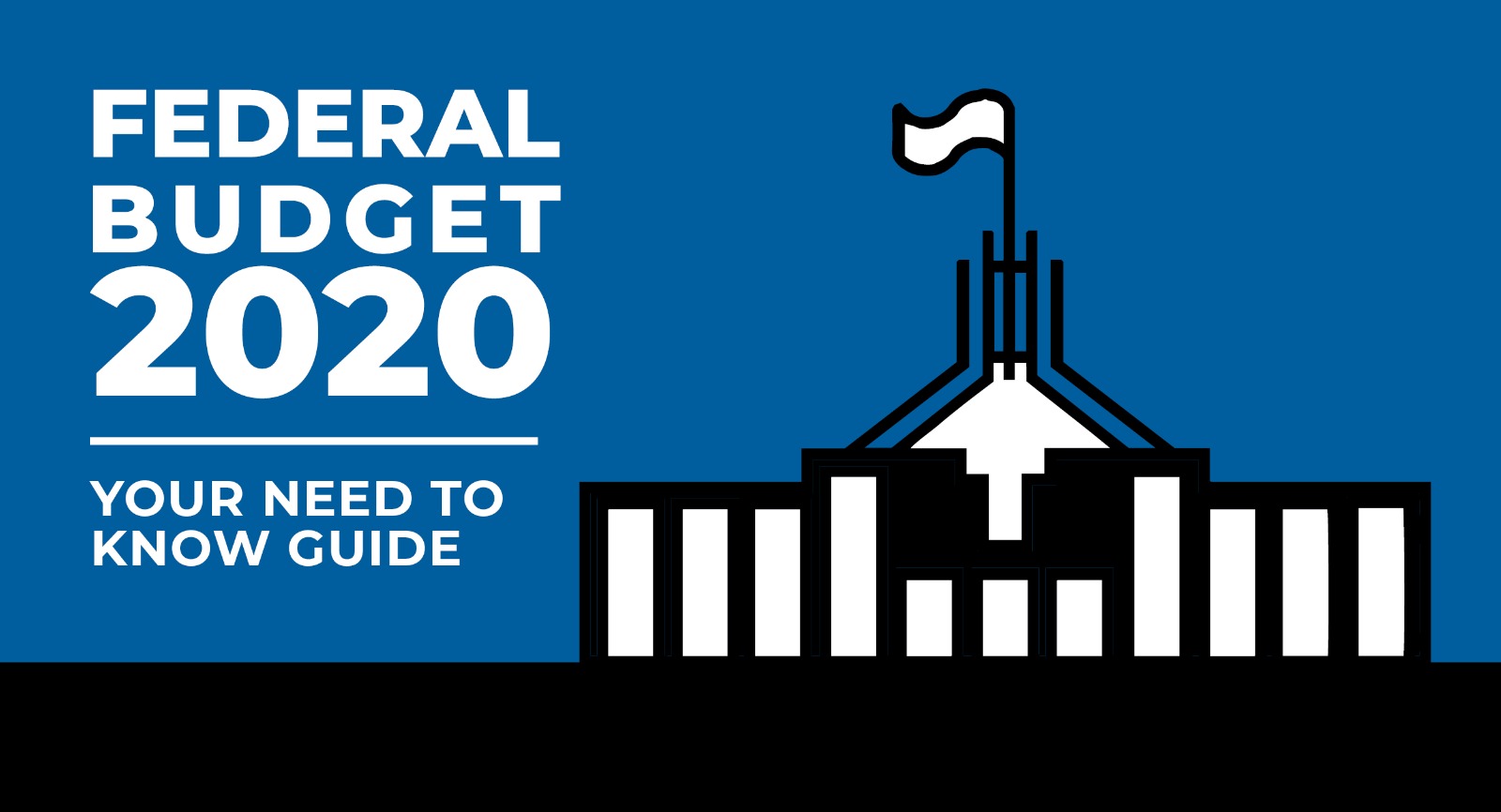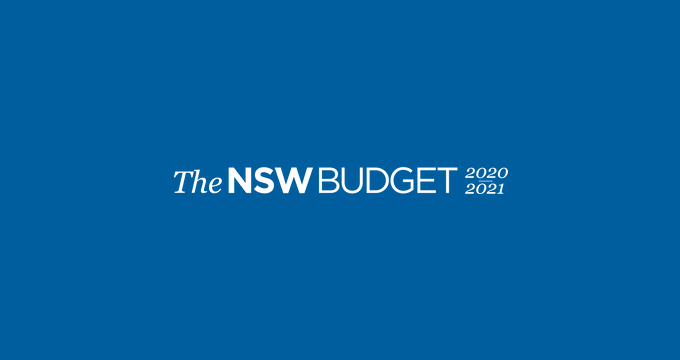How your business can benefit from the Federal Budget 2020
While the media billed Treasurer Josh Frydenberg’s second federal budget as the ‘most important budget since World War II’, when it was handed down on 6 October 2020 it held very few surprises. We suspect for all Australians, especially business owners, this isn’t a bad thing because we all are quite done with surprises this year.
However, what the budget did contain was a series of measures designed to stabilise an economy reeling from the ravages of COVID-19, ongoing lockdowns and a very uncertain future.
We’ve already written up a fully downloadable budget report and decoded the budget for you and your clients, but so many small to medium businesses are still doing it tough.
So how can you make this year’s Federal Budget work for you and your business?
Let’s take a look.
Many budget measures to assist businesses are short term
By short term, we mean the bulk of the money the Morrison government is sending your way is designed to flow through the economy over the next two years. While this is great as a temporary shot in the economy’s arm, these aren’t long-term measures, and you shouldn’t be treating them as such.
What this means is small businesses simply can’t afford to ‘wait and see’. While we’re not suggesting you run out and throw caution to the wind, a few strategic moves on your part now could set your business up for long-term viability.
The Federal Budget 2020 is all about creating jobs
The focus since the pandemic began was on keeping jobs, but JobKeeper as we know it will end 28 March 2021. We’re now seeing a shift to encourage businesses to create jobs too. That’s why from 7 October 2020, we saw the introduction of the JobMaker Hiring Credit .
The JobMaker credit is an incentive to boost hiring and employment across Australia, with the payment designed for businesses to benefit from the partial subsidising of the wages of eligible young employees (those aged from 16-35 years).
The credit, which is available to employers who create new jobs, comes with strict conditions and criteria.
Who's an eligible employee?
An eligible employee is a person:
- between the ages of 16 and 35 years
- has been on JobSeeker, Youth Allowance or the Parenting Payment for at least one of the past three months
- works an average of 20 hours per week
- starts work for the business between 7 October 2020 and 6 October 2021.
How much can a business claim?
A business can claim:
- $200 per week for hiring eligible employees aged 16 to 29 years
- $100 per week for hiring eligible employees aged 30 to 35 years
- Up to $10,400 for each additional job created.
The credit will be available for up to 12 months from the employment start date.
Instant write-off for your already purchased new stuff
Did your business hold assets prior to delivery of the budget on 6 October? Items already eligible for the enhanced $150,000 instant asset write off but yet to be installed or used? You’re in luck. You’ve been granted an extra six months, that is until 30 June 2021, to first use or install these items.
Ready to buy new assets?
There’s something for you too if your business has an annual turnover of less than $5 billion. Which is 99% of Australian businesses.
Anything you buy for your business from 7.30pm on 6 October 2020 and first used or installed by 30 June 2022, will be fully deductible. That’s right, no depreciation, full expensing in the first year of use.
Not in a position to buy brand spanking new items? Then we’ve got good news for you too. If your business has an annual turnover of less than $50 million, full expensing also applies to second-hand assets.
So, now might be the right time to go out and buy all the things you’ve had your eye on while you’ve been internet window shopping during lockdown. Spruce up your office or workspace. Buy that beautiful desktop set up or fancy schmancy coffee machine. And while you’re spending money like this, you’re throwing your hard earned dollars back into the economy. You’re supporting other small businesses who, in turn, will be able to do the same.
Loss carry back
At the moment, your company can only carry losses forward to offset profits in future years. But for the 2020, 2021 and 2022 income years, if your business has an annual turnover of less than $5 billion, you can offset previously taxed profits from the 2018-2019 financial years. You can elect to do this when you lodge your 2021 and 2022 tax returns.
If your company doesn’t want to do this, you can carry forward losses as normal.
There are limitations on this so if in doubt, contact one of our specialist Kelly+Partners team who’re more than happy to help you out.
Going digital
Let’s face it, we’ve all come a long way since we cringed at the viral video of poor Jennifer who didn’t quite understand the tech and took her entire Zoom meeting to the loo with her way back in late March. Since then, Australia and the world has moved online, with many businesses managing to completely reimagine their business model.
.png?width=670&name=NEWSLETTER%20(7).png)
To support this, the government is directing money towards new technologies for business and consumers. They’ll be ploughing an extra $4.5 billion into the NBN to bring ultra-fast broadband to businesses. They’ve also announced funding of $29.2 million to accelerate the rollout of the 5G network.
FBT exemptions
If you’re a business that’s shuffled staff around to keep them employed, other than a great big thumbs from us, we've got more great news for you. You’re exempt from fringe benefit tax (FBT) on that reskilling and training.
At the moment, any training, reskilling or upskilling you offer an employee that isn’t ‘sufficiently connected’ to their current role attracts FBT. Not anymore.
So, go ahead and invest in your staff and your business.
As you can see, the government has given us a very spending-heavy budget. The usual talk of balancing the budget is something we’re unlikely to hear for many years to come as our economy grapples with the double whammy of catastrophic bushfires and coronavirus.
If you’d like to discuss how your business can make the most of this year’s Federal Budget contact us at Kelly+Partners.
Our advisers focus on building a long-lasting relationship with you to really understand your business and goals. They are committed to helping ensure you have the systems and strategies in place in your business to create value and performance. and they are committed to creating value and performance.
If you have any questions, please contact your local Kelly+Partners office today. You can also request a call back at a time that suits you.
Share this
You May Also Like
These Related Stories

Decoding the Budget - What does the 2020 Federal Budget mean for you and your business?
.png)
What the 2021-2022 Federal Budget means for small business

/Brand/Logos/Kelly%20Partners%20Accountants%20Logo/Kelly-Partners-Accountants-Horizontal-Logo.webp?width=1500&height=212&name=Kelly-Partners-Accountants-Horizontal-Logo.webp)
%201.webp?width=1920&height=809&name=James%20Howard%20Building%201%20(1)%201.webp)






